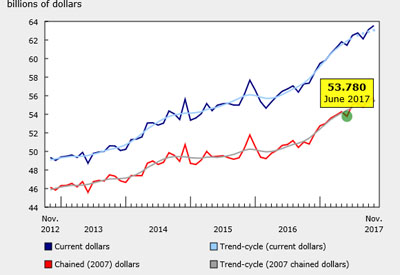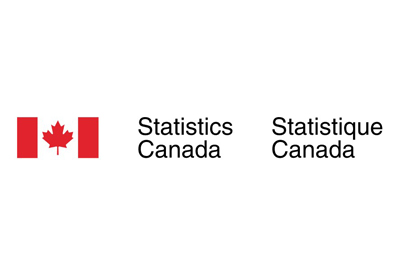The Growth of Self-Help, Your Door to the Future

Jan 10, 2020
By Rick McCarten
Everybody has been to the grocery store and seen the growing number of self-checkout kiosks and the growing number of people using them. Grocery stores are catching up to the self-help services that banks have been doing for years. Online storefronts are just another extension of this service — allowing us to self-serve from home.
This trend is on the rise, which is quite surprising: who thought that customers would want to be put to work? Customers have become familiar with “the machine”, its process, and they take on the responsibility of ordering the right thing. Oftentimes, learning the system can be complicated, but customers are still eager to use self-service offerings. So, if it is harder for people to use the systems on their own, there must be some reward that offsets the work.
A recent study of retail by SOTI ONE, a business mobility company, found that participants’ preference to self-serve increased 10% from 63% to 73% in just one year. What is the preference? 76% of participants said they see this technology as contributing to a faster shopping experience.
This service not only applies at checkout, but also with store associates who now have hand-held devices that can quickly check inventory and prices, or even cash you out.
I have friends that do not like the self-service technology. They think it is taking away jobs, and the company is making us work for no return with no financial reward. What they fail to see is that we get rewarded with a less-hassle shopping experience, and banks and retailers often end up hiring more employees — just different staff. In banks, tellers are being replaced with financial analysts. Employees have graduated to serving a more complex set of issues for their customers. They now are selling RESPs, ensuring their customers have maxed out their TFSA accounts for their interest-free savings. This provides added value to the bank and to the customer.
This trend will be explored in EFC’s upcoming research study on emerging workforces and how businesses are beginning to prepare for new talent requirements.
The irony of self-serve is that companies that engage in it can further help their customers. They have taken away easy, mundane processes and replaced it with real value. They have used automation to increase their service levels to customers. Companies using self-help enhance their customer value.
So why shouldn’t this work for distributors? Your customers can benefit from a faster shopping experience. Think of a salesperson with a handheld iPad who can provide immediate pricing, inventory availability, order fulfilment, order confirmation, and committed delivery dates. This instant access removes the need for salespeople to say, “I will get back to you on those numbers.”
In a new research paper, the National Association of Electrical Distributors (NAED) found that digital transformation was the primary catalyst for new distributor business models. Distributors would have to up their game and offer new value. It is reported that they are well below their customers’ spend on digitalization. The NAED research paper is entitled, “Building a Connected Business” and is the most extensive report on our industry’s transformation that I have ever seen. The report provides a comprehensive overview of the changes affecting our industry and explores how building your business through digital connections at both ends (supplier and customer) will add value to your role. The full report can be purchased through NAED’s website for $549 US (NAED and EFC member pricing). It should be on your shelf, as a resource for years to come. Go to https://www.naed.org/building-a-connected-business-by-2021 for the executive summary.
Rick McCarten is VP, Operations, Electro-Federation Canada.











